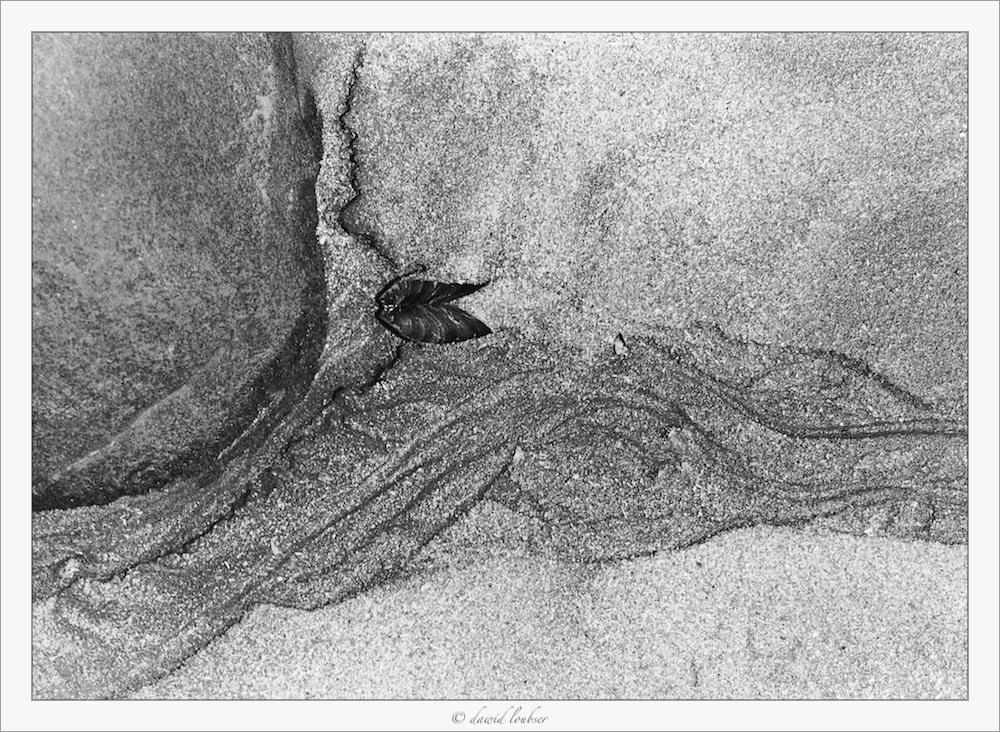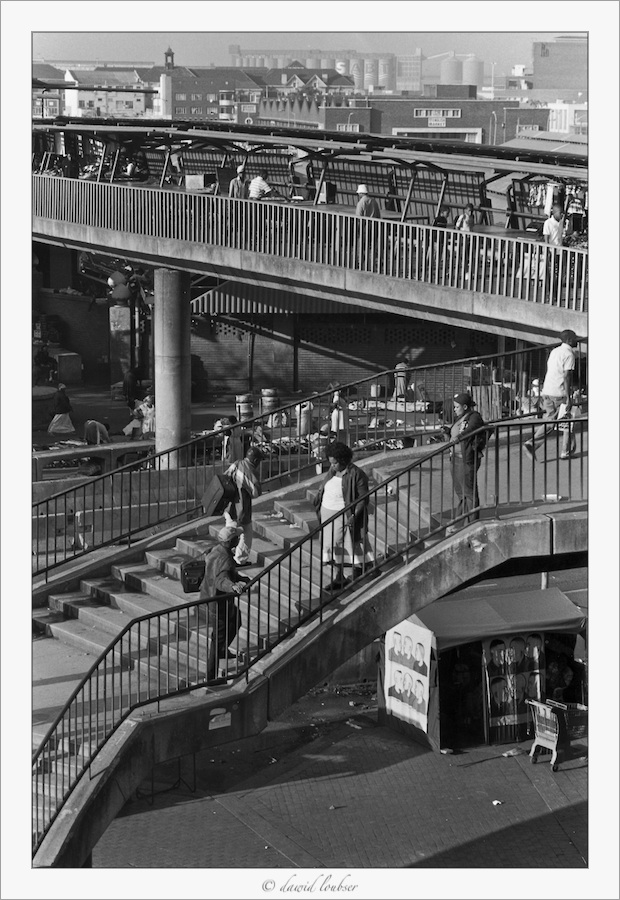Hi Mike,
- Are you now at a point where you prefer your wet prints to your digital prints, and if so what do you prefer? I can easily accept that the learning curve to be happy with wet prints could be a year or more - particularly if you also have to invest time elsewhere...
Yes, I prefer my analogue prints over my previous digital prints. Part of the liking may simply be emotional ("I made this, not a computer!") but even though one ultimately has a lot less control, and it's very challenging to dodge and burn anywhere near as effectively as in digital editing tools, analogue black and white has a certain tonality / "look" to it which, on the one hand, smoother (for lack of a better word) and the prints seem less forced. One does not feel all the information is crammed into a grid of pixels, it's somehow a more relaxed, natural rendering of the information. It certainly is much less "perfect" than any digital print, and many of the 35mm films that I use have much lower absolute resolution than a modern DSLR. Still, I find the acutance, and the handling of high-contrast scenes / transitions better.
(By comparison, my prints from 6x7cm negatives are beyond comparison to any digital print made from a single capture that I have done or seen - it's really very very good. But we are talking about my 35mm prints here).
- You comment that you cannot achieve the same level of 'sharpness' when rendering the print digitally. Are you referring to scanning the neg or the print and comparing the scan with digital capture, or are your digital prints also sharper than wet printed film? (I'll admit that I don't view sharpness as the only, or even necessarily most improtant criteria, when looking at a picture!)
I am talking about a comparison of either scanned film, or scanned prints (which I prefer). Great as the prints look, in the digital realm, my 8MP RAW files blow away any form of digitisation I have attempted with any of my film images, so I have long ago decided to stay with a full analogue workflow, only doing quick low-res scans of my prints to show online when necessary.
I must admit to never having done analogue prints to large sizes, that is next year's challenge after having become comfortable with the process. Since even a good 6MP digital file will make a great 11x14in print, to my eye both look perfect at that size. My analogue prints look much sharper without looking "forced" like an over-sharpened digital print. It's as if all the detail is just naturally and perfectly reproduced, together with some grain.
As somebody going in the "opposite" direction - from digital to analogue, it is quite a strange and wonderful experience to completely forget about sharpening, something we obsess so much in the digital world.
So, to summarise, I am sure with very precise digital technique, one can produce prints that look as good, if not better, on the sharpness / contrast front. But it does not have the same "unforced" look that analogue prints have.
And no matter what who says, after my year or two of experience shooting largely only B&W film, the dynamic range is incomparable. I don't actually ever recall seeing a blown highlight on the film, the DR is seemingly endless. Putting that DR down on paper (with weak DR) is a different story, and therein comes the technique... It's easy to make a muddy-looking print, but sometimes the look a bit like an HDR composite.
For example, in all my experience using Canon 1-series DSLR RAW files, I could never ever get this kind of dynamic range (incident light readings spanning 8+ stops, so reflected light range of 10+ stops) with a single image. One could get close, but usually one creates horrendous pushed shadow noise and washed out colours / tones:
"Bridges to the Marketplace"
(Olympus OM-2n, Ilford FP4+, Scanned 5x7in analogue print)
Anyway, so instead of pursuing technical perfection, I enjoy this different medium. I will stick with it, I think...


